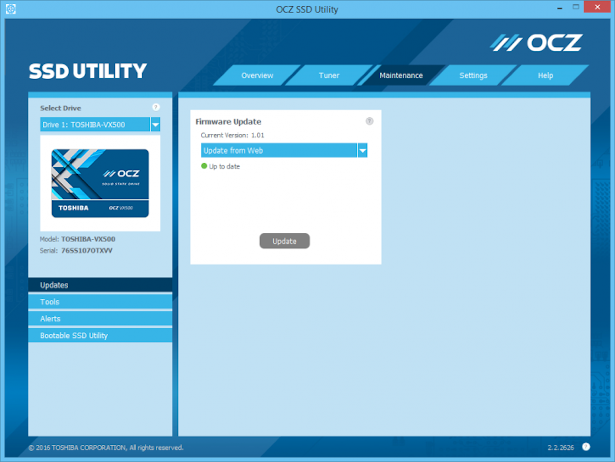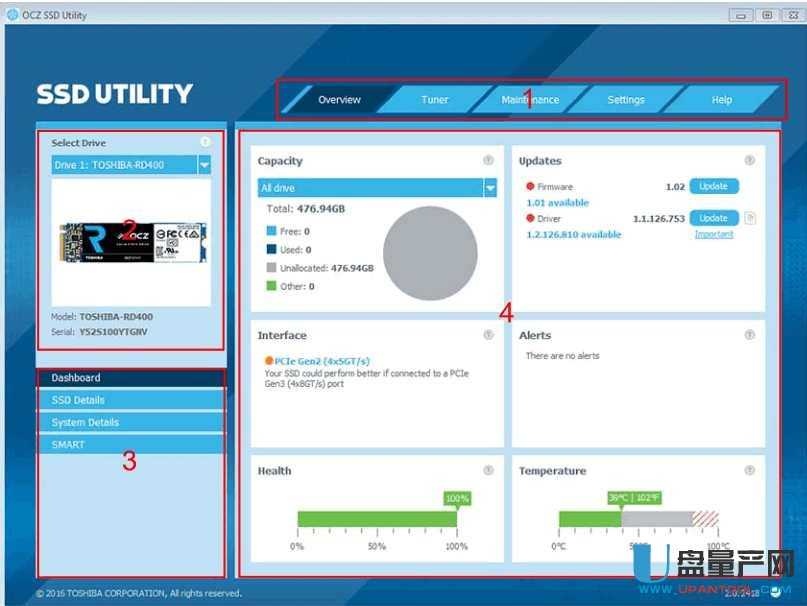

A side-effect of wear-leveling is that a file's data blocks aren't always kept adjacent to one another but could be distributed and disjointed. Wiping programs like DBAN have a hard time identifying all the far-flung data blocks, so they don't do a good job of secure deletion on an SSD. To securely erase data from a solid-state drive, use one of the following methods: Standard secure deletion tools damage SSDs by performing an unnecessary number of additional writes without being able to tell where the data is written. If possible, use software provided by the manufacturer of the drive to erase an SSD. Many manufacturers offer software that allows for securely erasing the drive, as well as other functions such as updating firmware or checking the health of the drive. If you cannot locate the manufacturer of your SSD, or if the manufacturer does not provide software for securely erasing the drive, you can try using a generic utility: Use the instructions provided by the manufacturer to erase the SSD.


#OCZ SSD UTILITY CANNOT SEE MY SSD SOFTWARE# #OCZ SSD UTILITY CANNOT SEE MY SSD SOFTWARE#.


 0 kommentar(er)
0 kommentar(er)
